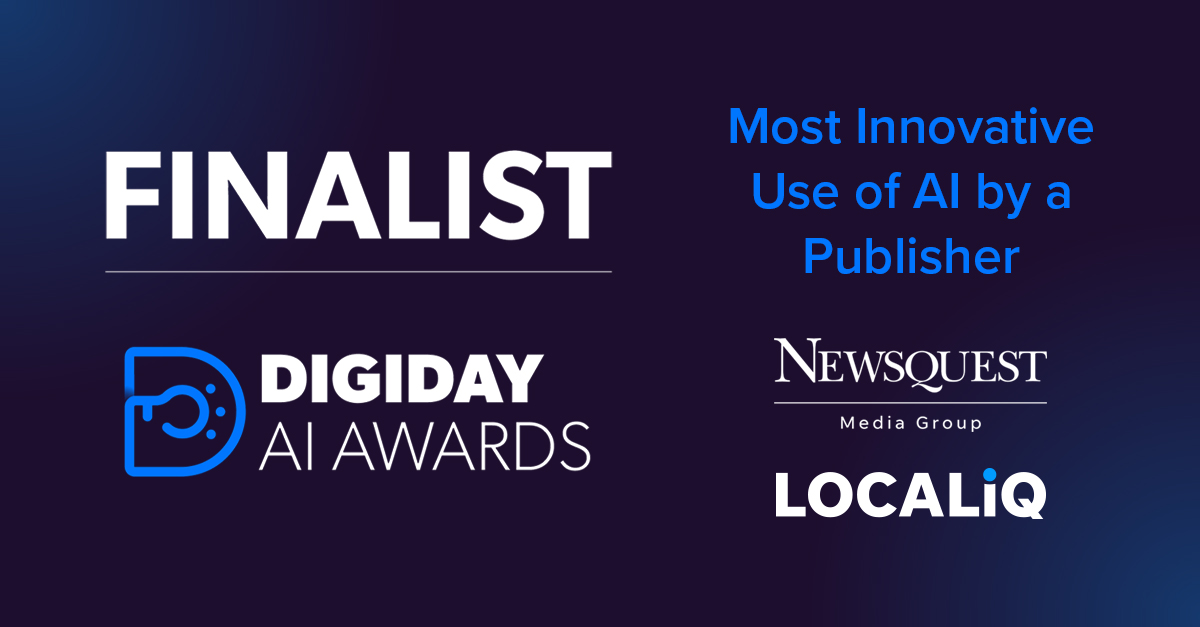What are social media marketing analytics?
Social media analytics are metrics and data from online social content, posts, and advertising campaigns. Analytics are generated for all digital marketing campaigns, and they tell you how your online content has performed, and the results it has produced.
What do social media analytics mean?
You may be wondering how social media analytics work. Social media analytics and metrics are pieces of data that translate your advertising or marketing efforts into numbers and percentages, so you can see in numeric figures, how successful a post or an advert has been on social media.
If you have a business account on a social media channel, you will be able to see the social media analytics of your organic social media posts and your paid social media advertisements.
Where are social media analytics?
Social media channels and marketing agencies both provide social media analytics services. If you have business accounts, you can see your online social media marketing and advertising metrics in each app or on a desktop. All social media channels have their own hubs of which you can view your social media analytics – Instagram has Insights, Facebook has Facebook Business Manager, and LinkedIn has LinkedIn Campaign Manager… you get the gist!
If you’re working with a digital marketing agency, they will be able to provide you with full social media campaign reportage and analytics and explain them thoroughly to you. Some agencies even offer their clients bespoke software to view their social media campaign analytics in real-time, such as LOCALiQ’s Client Centre.
Why are social media analytics important?
Social media analytics for business are important and shouldn’t be overlooked because;
- They give you insights into campaign performance so you can see how your advertising campaigns or online content are performing in real-time.
- You can use your data to adjust campaigns to maximise results, through strategies such as ad scheduling.
- Measure ROI generated from a marketing campaign.
- Establish the best times and days to connect with your audience and a generate larger reach and awareness.
- Create better online content. Content marketing and social media marketing are a marriage! Using your social media analytics, you can uncover which content is most popular and delivers the best results, and then produce more of it.
- You can use your social media data to determine which social network you should focus on most. For example, if you get more engagement on Instagram than on Facebook, this is where you should place your eggs.
- Social media analytics and data help with social listening. The data they provide can tell you about upcoming trends and what your audience wants and is currently enjoying or investing in.
Types of social media analytics and metrics
Types of social media analytics, insights, and metrics you can view, monitor, and assess include;
- Impressions: how many times your content has been seen. One impression equates to one view, it does not mean one unique user. So, for example, three impressions could come from one person who has seen your content three times.
- Reach: how many unique users your content has reached. You can break this down by device (desktop, tablet, mobile) to optimise your adverts for specific devices e.g., adverts optimised for mobile.
- CTR: This is the number of clicks your adverts are receiving per the number of impressions. You can work out an advert’s CTR using the following calculation; clicks ÷ impressions = CTR. For example, if you had 5 clicks and 100 impressions, your CTR would be 5%.
- CPM: Cost per 1000 impressions. Divide your total spend on your CPM campaign by the number of impressions to get your cost per impression.
- Engagement rate: Engagement rate is a measurement of how many people interacted with a social media post, versus how many people saw it. The more interactions a post/advert received, the higher your engagement rate. This is an important metric, more so than followers – engagement rate is a metric often used to track how actively involved with your content your audience is and how effective your brand campaigns are.
- Engagement metrics: engagement metrics include likes, comments, shares, reactions, retweets, saves, account mentions – anything that quantifies your interactions on content. These all add up and contribute to your engagement rate.
- Share of voice: this is an up-and-coming focal metric within social media analytics for business. Share of voice (SOV) is a measure of the marketplace your business owns in comparison to your competitors. You can calculate your share of voice with the formula “number of mentions of your brand/total number of brand mentions (yours + your competitors’) x 100 = SOV.” You can determine this through social media listening.
- CPL: CPL stands for cost-per-lead (please don’t be overwhelmed by all these acronyms!) This is how much you are paying per lead. To get your CPL, take the cost of your advertising spend and divide it by the number of leads you have received. The aim is to get your CPL as low as possible, which effective audience targeting can help with. A lead is a business prospect who has registered an interest in your business in some way, whether that’s a newsletter subscription or a form fill.
- CPA: Cost-per-acquisition is the same as cost-per-conversion. It’s how much you’re paying per conversion, whether that’s a telephone booking or an online sale. You can use your CPA to work out your ROI from campaigns.
- CPC: cost-per-click. How much you are paying for a click. Within SEM campaigns, certain keywords cost more than others, depending on how competitive they are across SERPs.
There are many more social media metrics, and you should also look at your demographic insights (audience age, gender, location) to determine more information about your audience. However, the above social media metrics are the key analytics you need to monitor.
It’s worth mentioning that you can also see and monitor digital marketing analytics on all online campaigns such as display advertising, SEO and search engine marketing. What a treat!
To learn more about effective social media marketing for business, check out our quick read breaking down social media marketing for beginners, or read how to measure social media campaign success.





